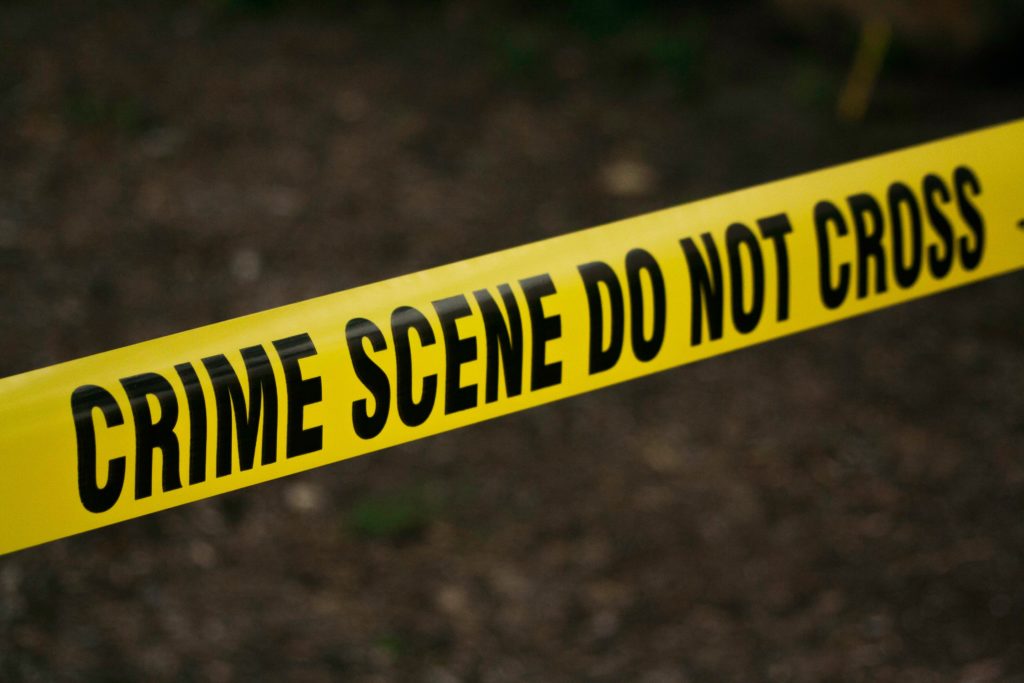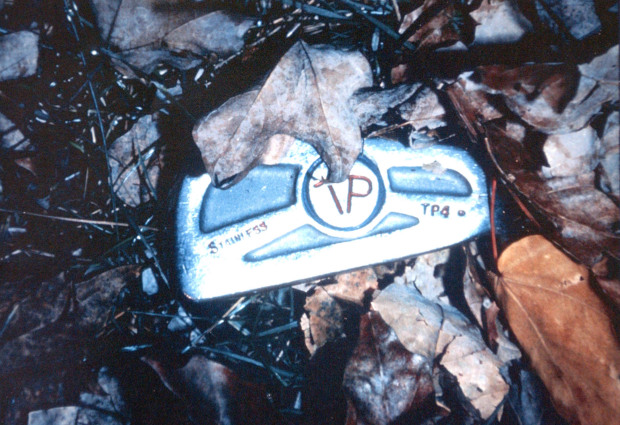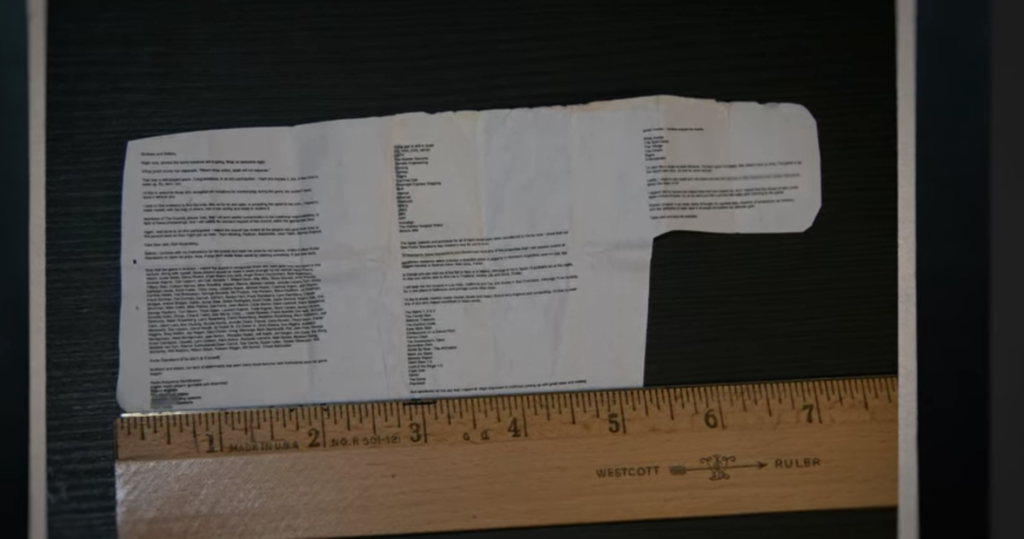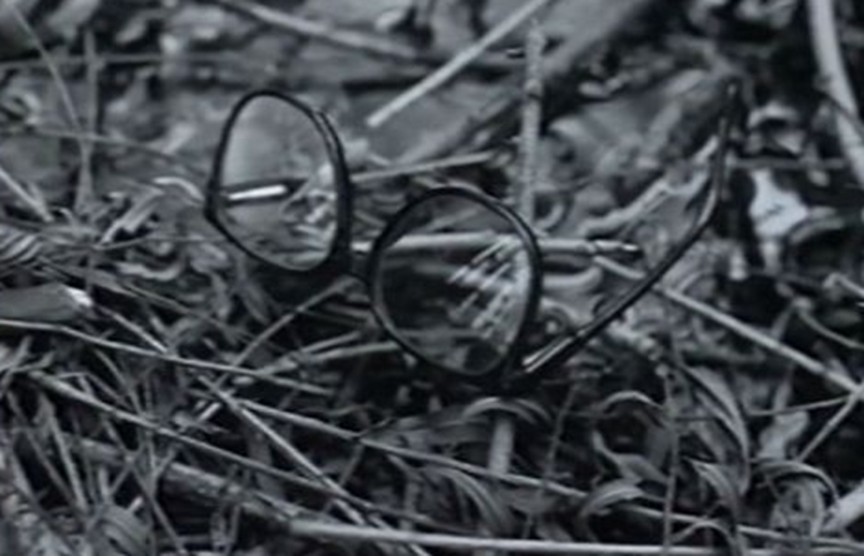Forensic photography uses images to document crime scenes and support facts in a court proceeding. These photos are critical for cold cases, as many are the only evidence to survive years of dormant attention.

Evidence can be categorized into the following broad groups based on its origin, composition, or method of creation (Wikipedia):
- Biological evidence
Any evidence derived from a living item. Includes physiological fluids, plants, and some biological pathogens. - Chemical evidence
Any evidence with identifiable chemicals present. - Patterned evidence
Any evidence with a pattern (predictable pattern) of appearance. - Trace evidence
Any evidence of such a small size so as to be overlooked, not easily seen, or not easily recognized.
A critical eye and keen judgment are needed to assess images; and each image should include a subject matter, indication for size and scale, and a point of reference. Even if you don’t have a degree in forensic photography, a trained eye can spot details that are also important for uncovering information.
Here are three examples demonstrating how important it is for a discerning eye to capture details not all might catch at first glance.
Subject Matter
A photo from the trial evidence of Michael Skakel vs. the State of CT. Skakel was on trial accused of the October 1975 murder of then neighbor Martha Moxley, both of whom were 15 at the time. (Pool Photo/Getty Images)

Indication of Size and Scale
Document found taped to the back of Rey Rivera’s computer. Rivera’s body was found in the Belvedere Hotel, where the body clearly entered from force through the roof.

Point of Reference
Glasses found at a cave near the Tulsa Oklahoma Girl Scout Camp where Michele Guse, Lori Farmer, and Denise Milner, were all brutally murdered in 1977. The case remains unsolved.

Check out the Uncovered Citizen Detective guide to learn more about how to amp up your digital literacy around cold cases.
